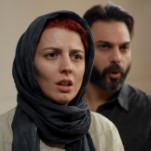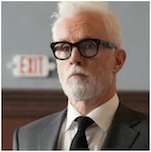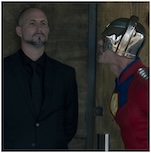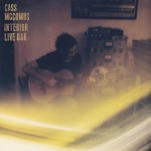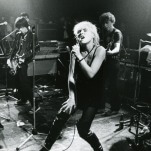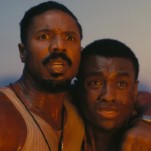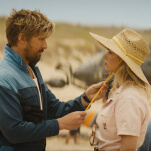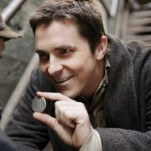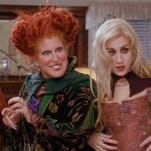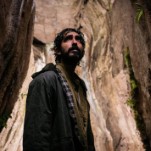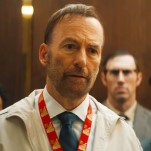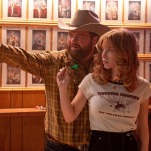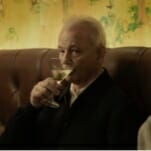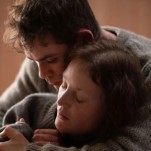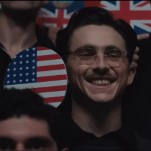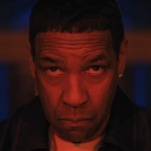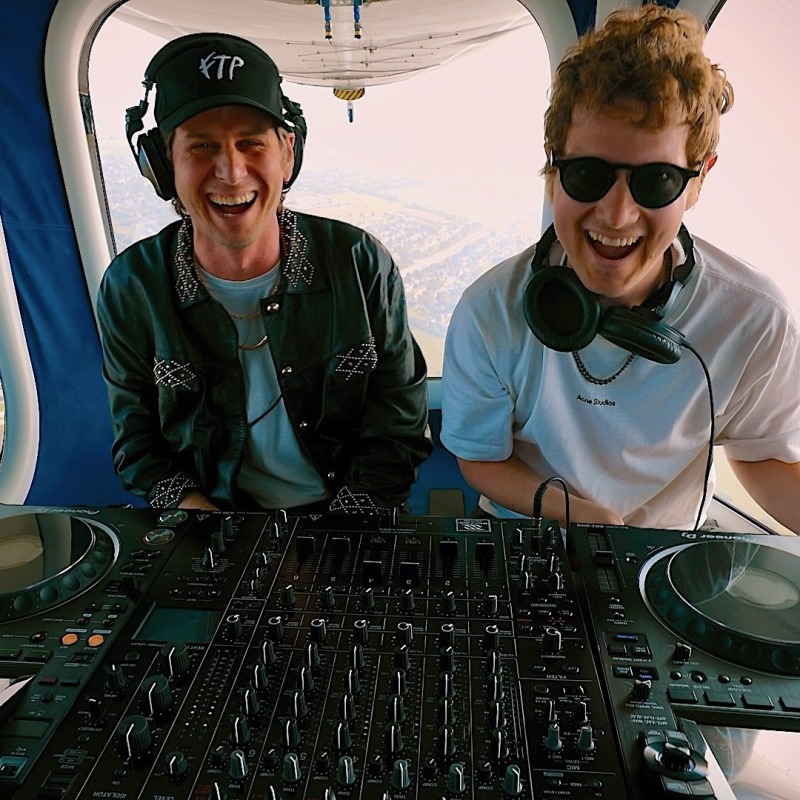Boy & the World
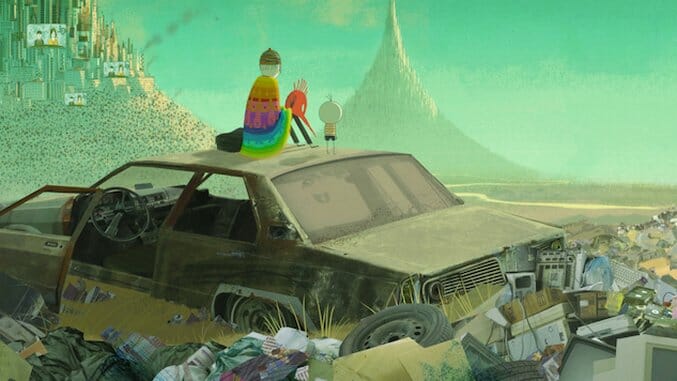
Technology has given us screens with high-enough resolution to show an actor’s individual pores and CGI so advanced that Paul Walker was replaced with a hologram halfway through Furious 7. So it might come as a surprise that one of the year’s best, most beautiful movies looks like your children’s grade school art come to life.
But what better way to fully capture a child’s wonder at the world and enormity of feeling as he discovers it than to be in a child’s head? The adult obsession of capturing detail simply because we can has no place in this fluid landscape of childhood perception, in which everything is seen through the lens of imagination.
In the Brazilian film Boy & the World, director Alê Abreu animates his scenes with the tools of a child: crayons and markers, thick lines and shading that don’t always adhere to the physical boundaries of objects. Those hand-drawn objects are then placed into a world of computer-generated patterns that cast vibrant, dreamlike, kaleidoscopic backgrounds on the surreal story, scenes blending and lithely sliding into one another.
Don’t let this fluidity fool you. Beneath the crude drawings and Fantasia-esque swirls of color are both a touching story and an important message. The boy referenced in the title sports three thin lines of hair and two pencil stripes for eyes. He lives in the lush countryside with his parents, neither of whom speak a recognizable language—the nonsense dialogue isn’t subtitled, either, but its tone helps us understand the on-screen action. One day, his father packs a suitcase and leaves for the city, seemingly for work, and the boy follows, trying to find him.
As the boy gets deeper into the city, his peaceful world of silly games—at one point a glowing orb of sound or perhaps light slips off an instrument and he captures it in a can, the way one might a firefly—grows darker, literally: The colors shift from bright, vivid greens and yellows of the country into dark reds, deep purples and dour browns of the big city. The grass under his feet turns into trash, and he consistently mistakes nameless men for the father he seeks.
-

-

-

-

-

-

-

-

-

-

-

-

-

-

-

-

-

-

-

-

-

-

-

-

-

-

-

-

-

-

-

-

-

-

-

-

-

-

-

-

